Goldendale Observatory State Park Heritage Site: A Dark Sky Saga
By Dee Caputo, FAICP
Goldendale Observatory State Park Heritage Site Goldendale, WA
Greater Goldendale from the state park grounds, by Dee Caputo
There are locations so wonderful there are few apt words to describe their full glory: Goldendale Observatory State Park Heritage Site is one of those places. In the past, one could visit often to experience the wonders of the night sky and learn much about the cosmos by just listening intently to lectures provided by the knowledgeable, on-site staff.
The Goldendale Observatory State Park facility prior to renovations, by Dee Caputo
The Goldendale Observatory became famous with the February 26, 1979 total solar eclipse, as thousands of visitors and the news media descended on the town of Goldendale for the event, and NBC-TV donated $500 (about $1900 today) to the Observatory for the privilege to provide live television broadcasts of the eclipse to the nation from the Observatory. The Astronomical League held their annual gathering of amateur astronomers in Goldendale specifically for the eclipse, and they shared their telescopes with the public. The large amount of attention for the Observatory accompanying the 1979 eclipse also put new pressure on the City of Goldendale and surrounding Klickitat County to finally adopt the lighting codes which were promised years earlier to protect the night sky for the telescope. (See #6)
In the summer of 2017, the U.S. experienced another total eclipse of the sun including a partial eclipse that occurred within the Goldendale area. For a lot of people dedicated to observing such events, nearby Eastern Oregon was considered excellent viewing territory due to its climate and location within the path of totality. The Goldendale Observatory proved again to be a popular magnet for people in transit to and from that main event. Visitors from around the world stopped by to get a taste of what this observatory had to offer; amateur enthusiasts as well as dedicated scientists flocked to the Goldendale site.
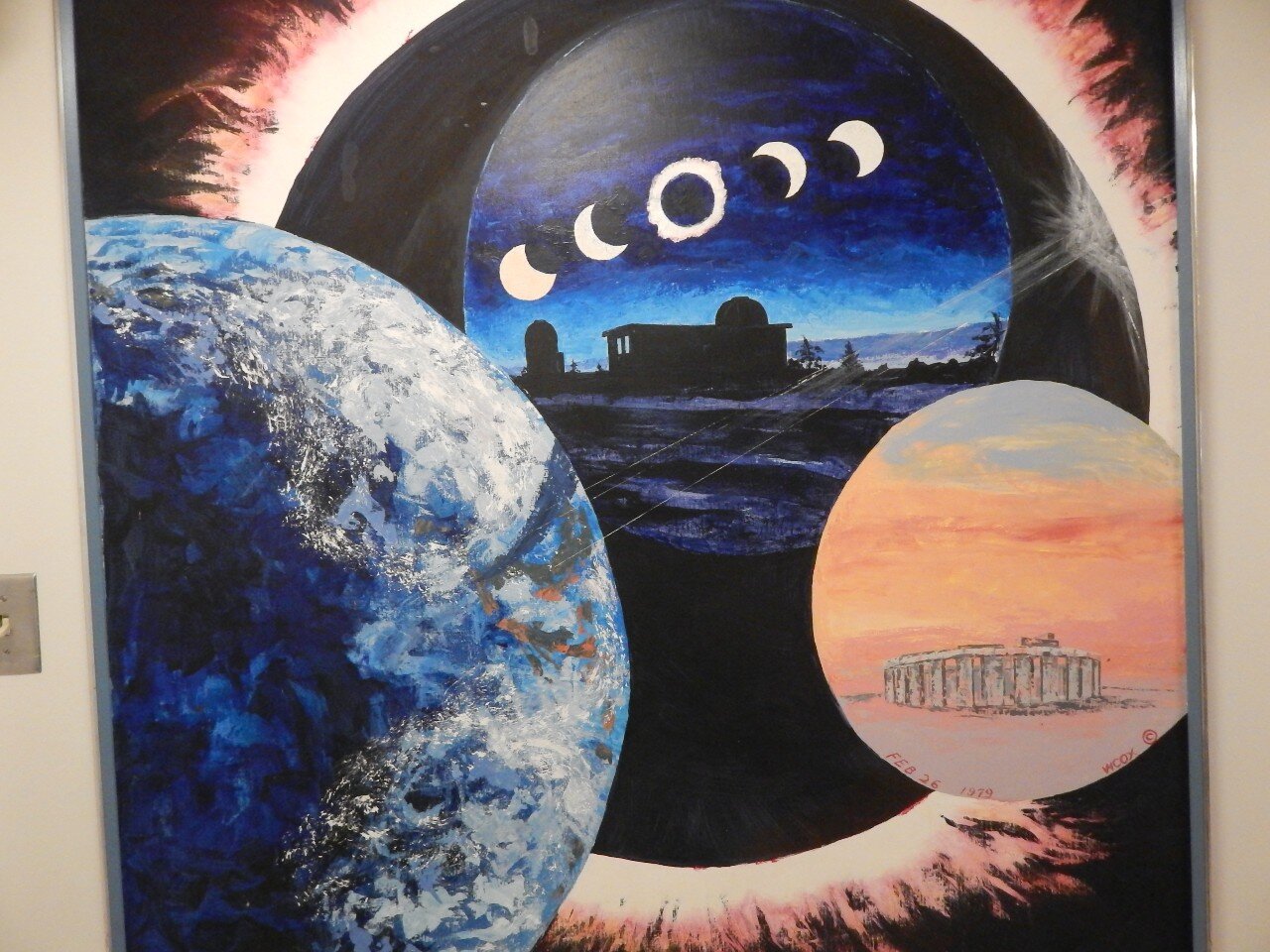
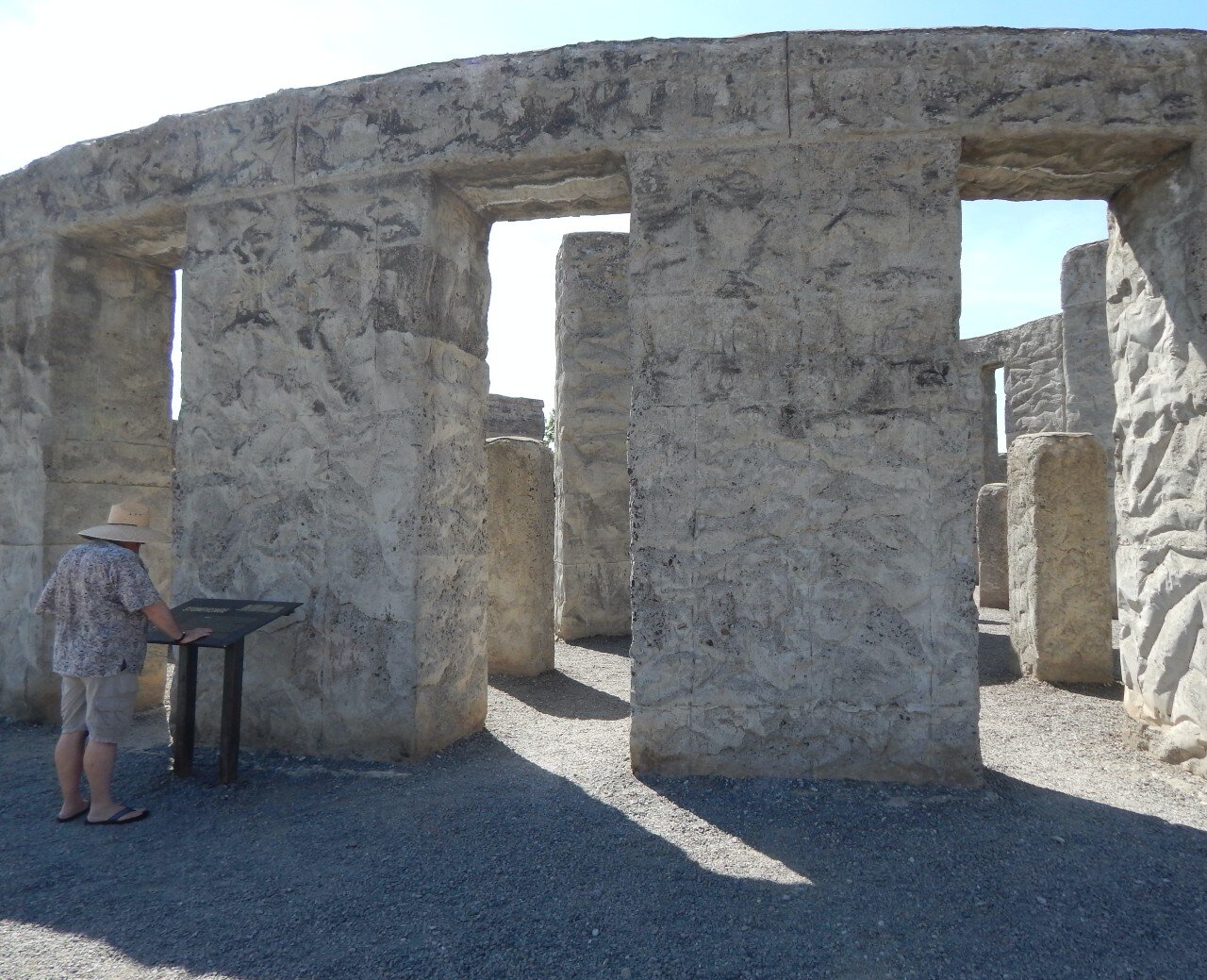
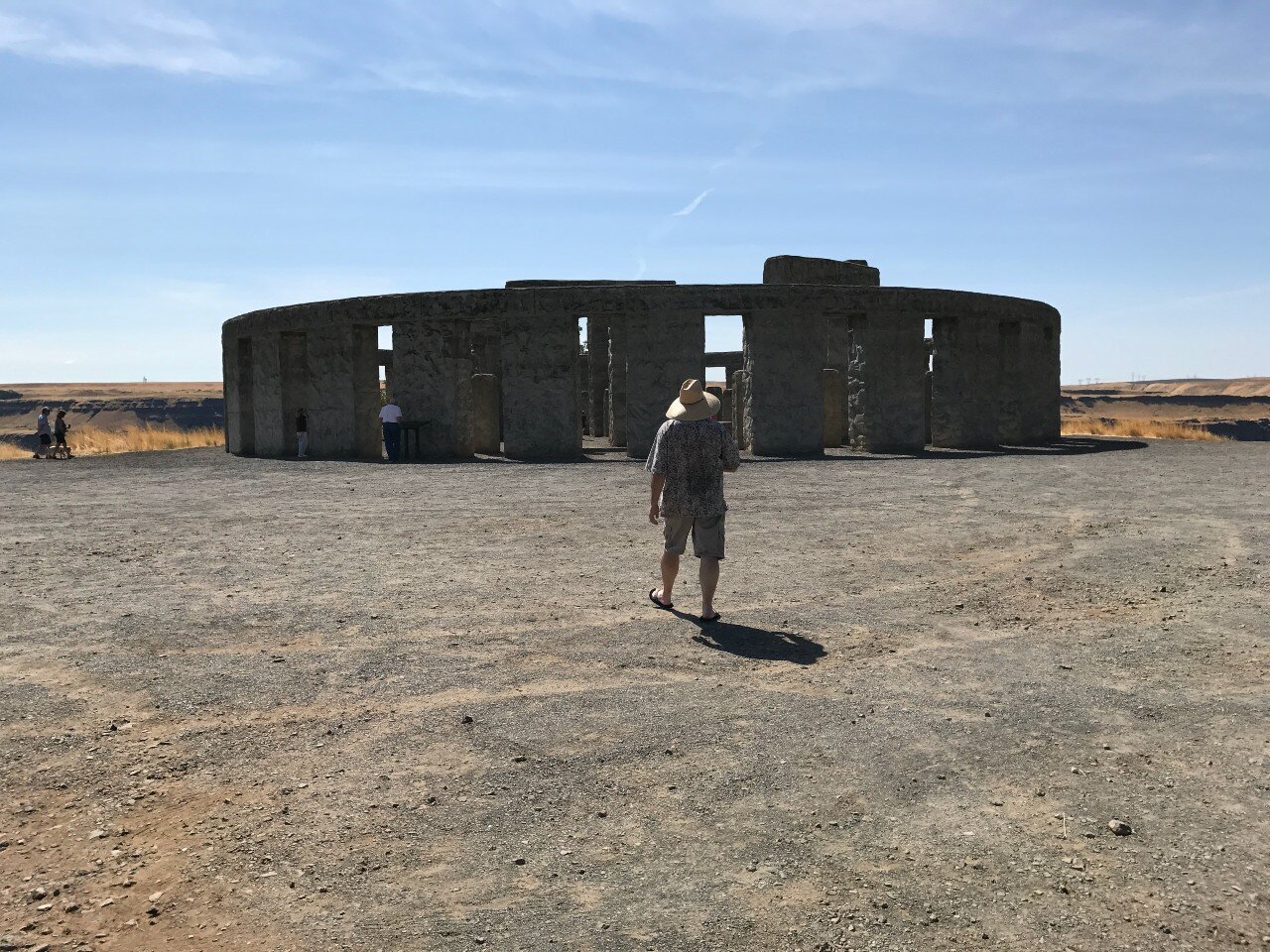
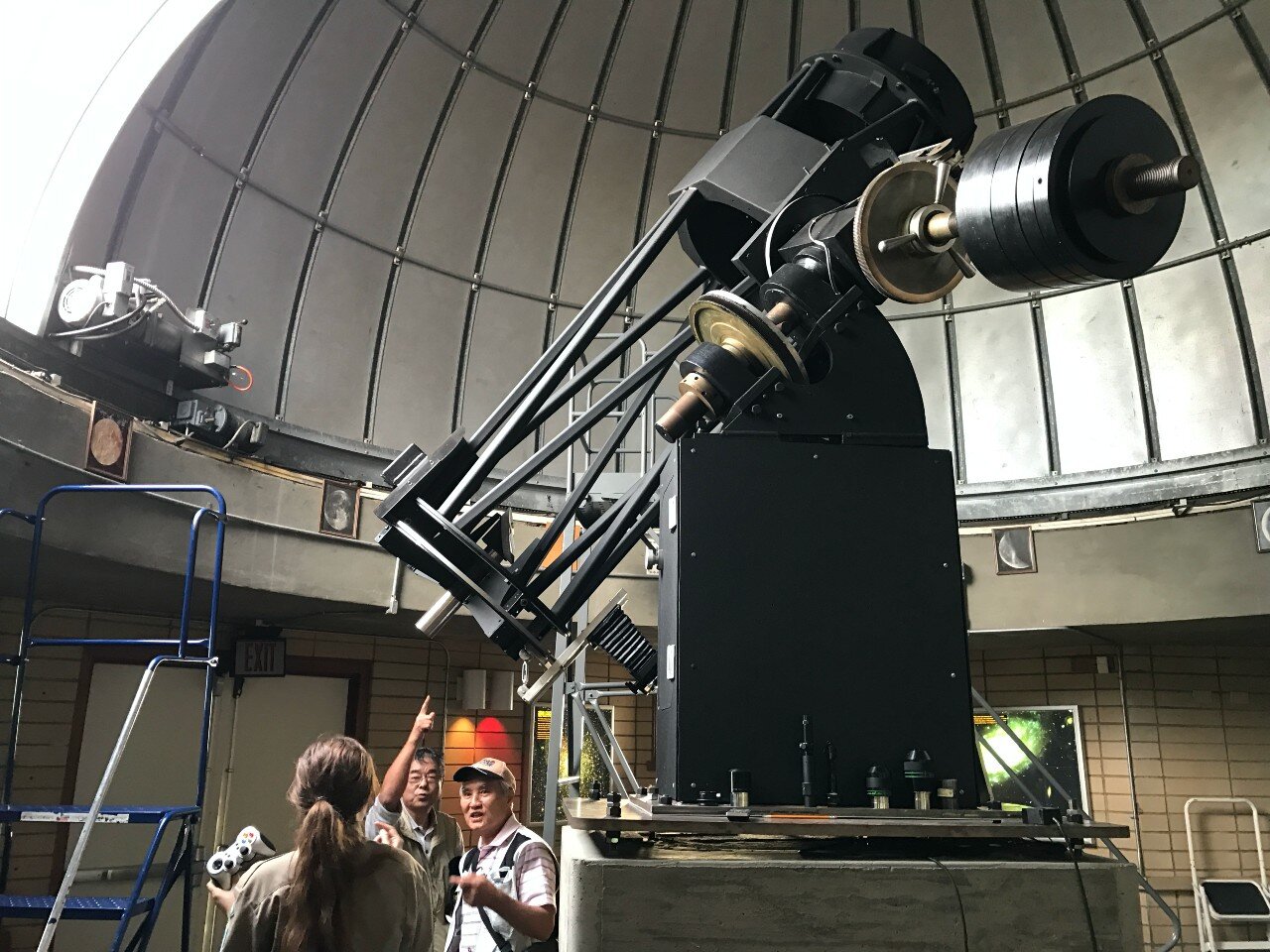

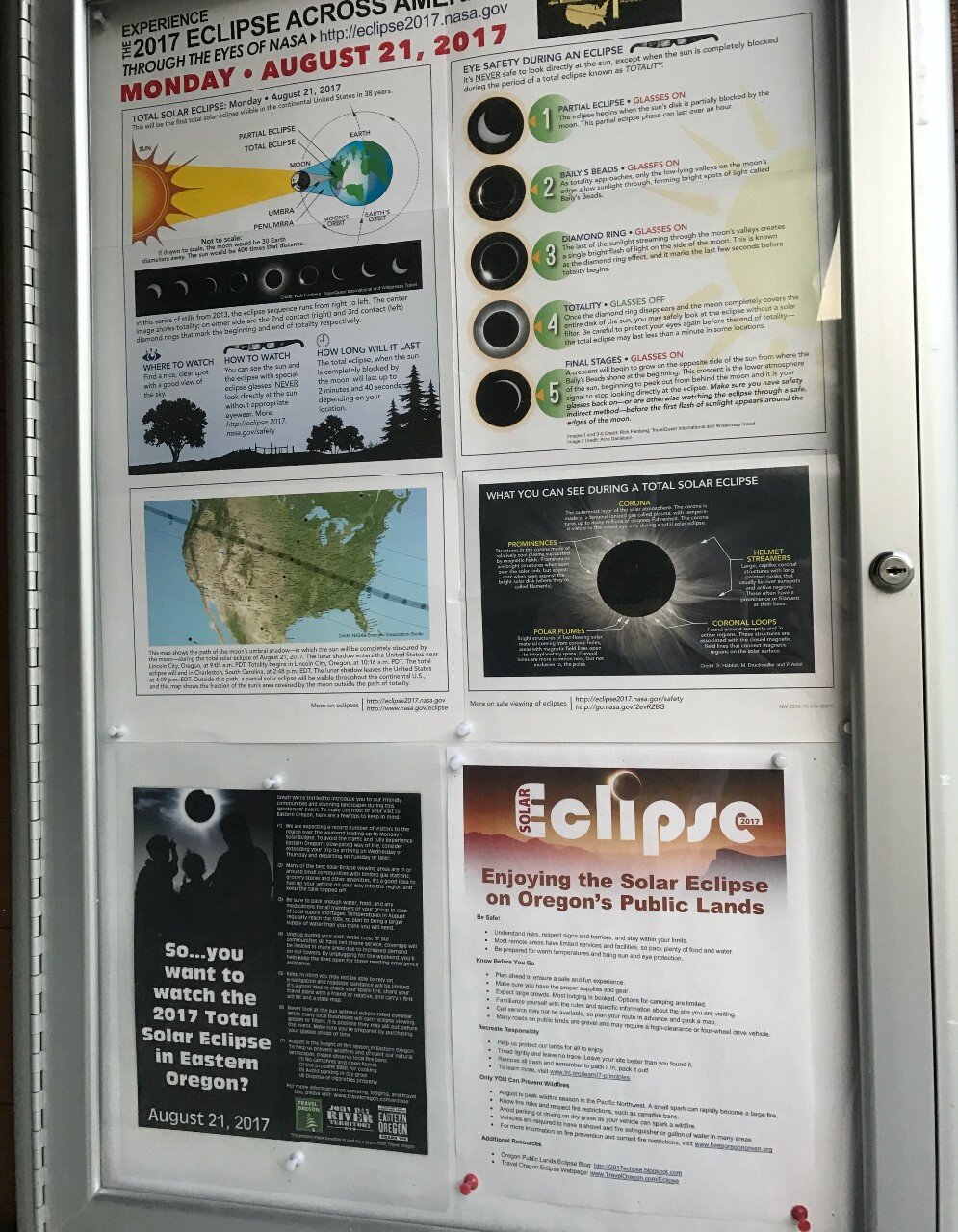
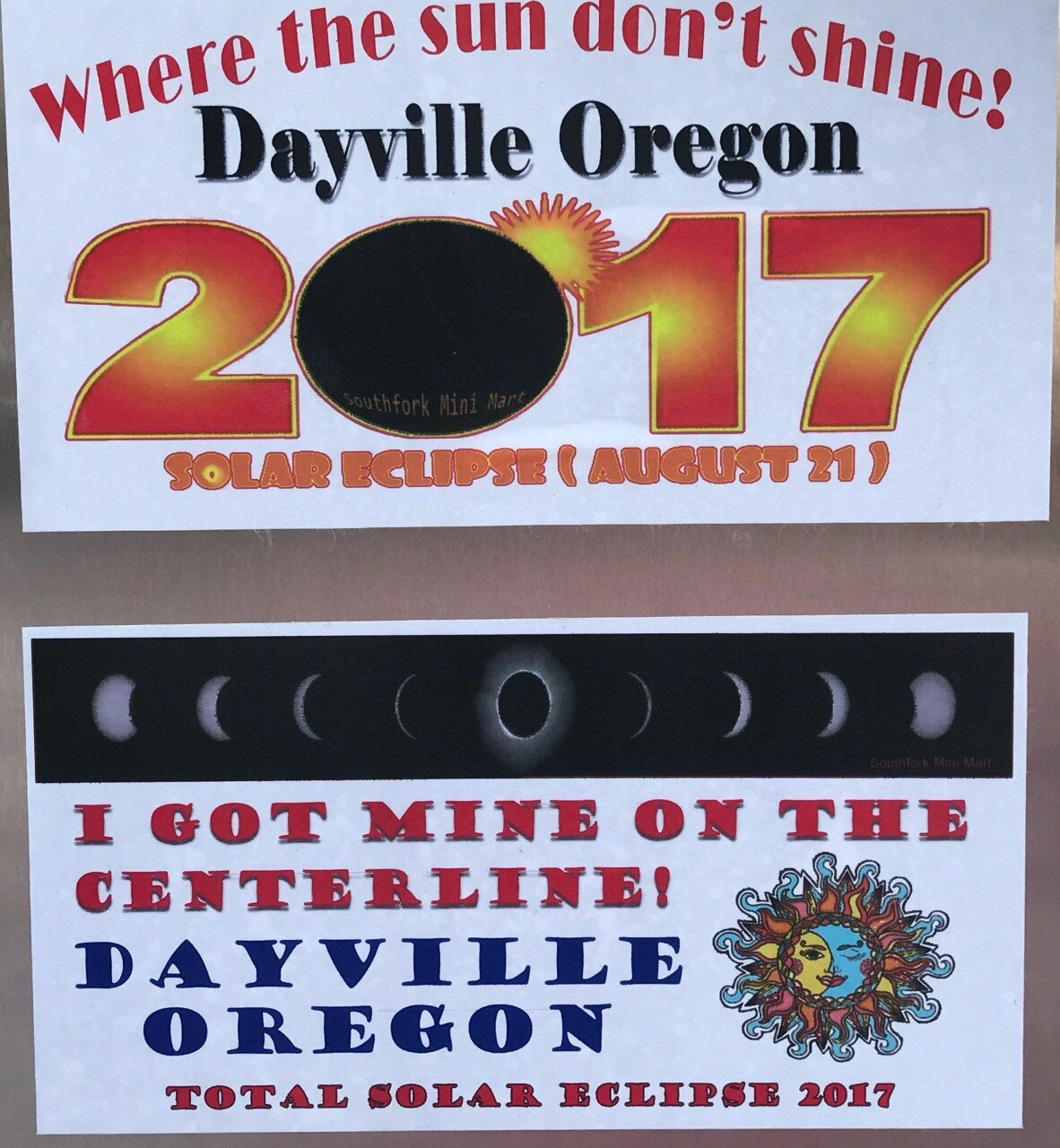

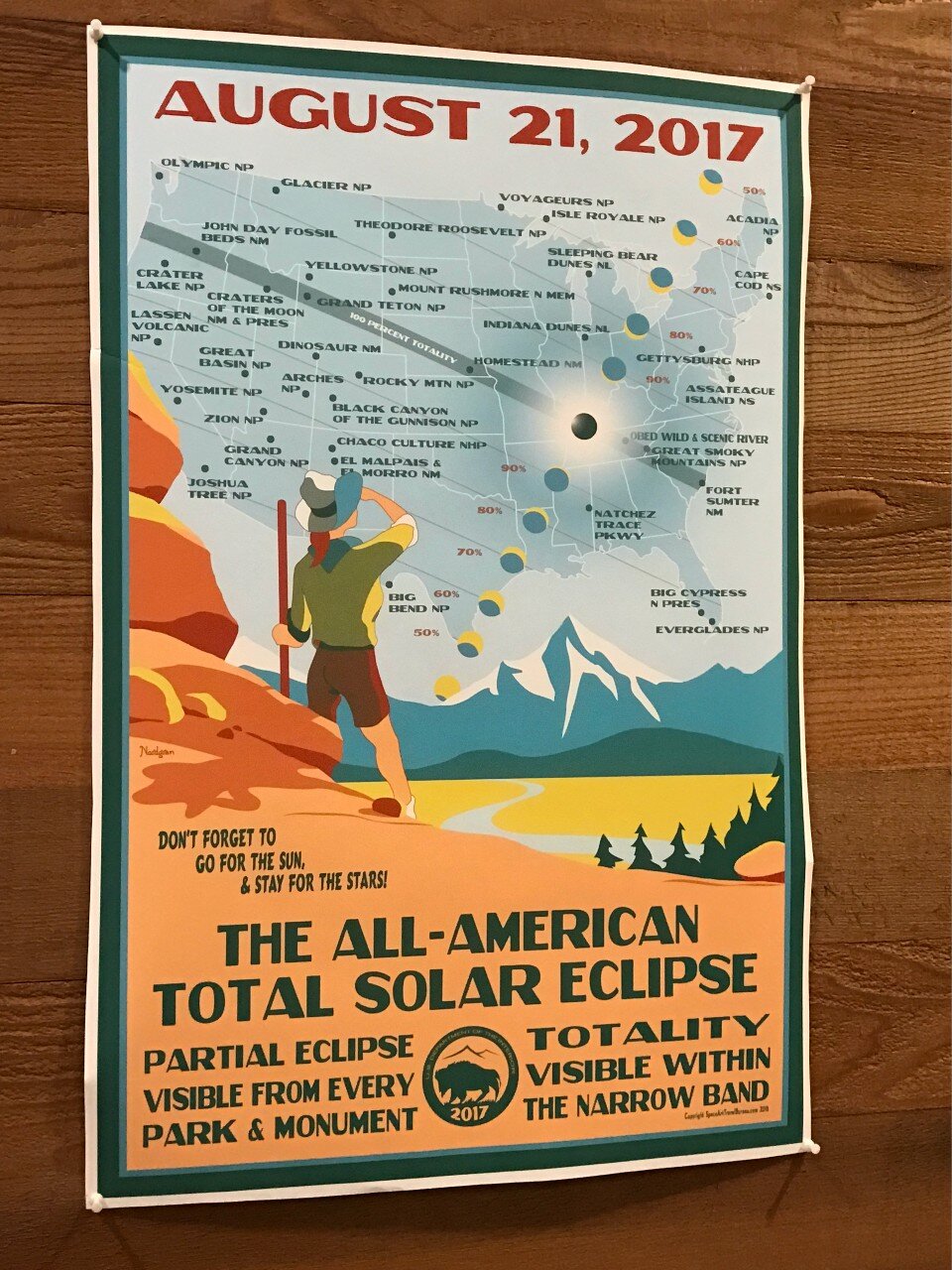
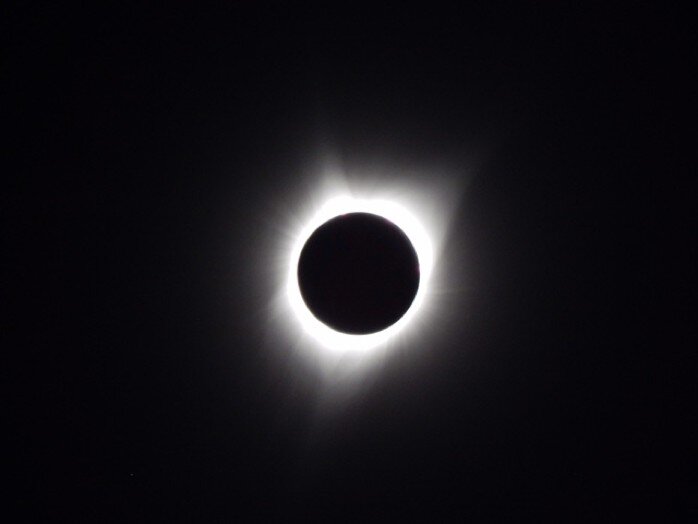
Following this, the Washington State Legislature appropriated a sizable amount of money---nearly $6 million (See #6)---to invest in major upgrades to the site. Per the Goldendale Sentinel, these upgrades included the following:
Converting the old Cassegrain telescope to a Newtonian telescope by replacing the telescope’s original mirror with a new, state-of-the-art 24.5-inch mirror
Constructing a new building with a 140-person capacity auditorium
Creating new exhibits on astronomy and other sciences
Adding special lighting in the interior and outdoor landscape to preserve dark-sky viewing
Increasing parking and restroom capacity.
Construction of these upgrades at the site spanned all of 2018 and most of 2019. During construction, it was impossible for visitors to use the site. State park staff laudably conducted alternate star gazing and educational events at the nearby Maryhill ‘Stonehenge’ monument, however the venue did not hold the same appeal. Then just as the upgrades were completed and the park began with a soft opening, COVID health restrictions shut down visitation (See #2).
Currently, continued mandatory health policies still limit opportunities to visit. While the park re-opened in late April 2021, the constricted reservation schedule is already completely filled through the end of June. (See #4) However, one can anticipate that after the pandemic fully recedes, time spent waiting to regain the option to visit should be well worth the delay. According to the Goldendale Sentinel, (See #1.) “(t)he observatory houses one of the world’s largest publicly accessible permanently mounted telescopes.”
The Milky Way: while camping in Eastern OR just north of Thomas Condon Paleontology Center - author and brother STAR gazing, by Irene Wong (from NY who camped with us)
One of the more obvious reasons so many visitors come to this specific location is to gather rich experiences in person directly from the night sky. That requires a dark sky to appreciate them. The Goldendale Observatory is known to be located in a geographical place that can provide this type of backdrop.
A key component of the original agreement to site the telescope in Goldendale in the first place relied on its ability to provide dark skies. During the initial search to locate a suitable place to install that first telescope, Goldendale agreed it would supply the site and observatory building. Even though Goldendale was relatively small, there were concerns about ‘too much light emitting from the town's lights’ affecting the telescope. The City leaders promised to build an observatory for the instrument, and that they would enact lighting regulations to protect it from light pollution.
Over time, Goldendale learned it could rely on a steady draw of travelers to help contribute towards its community economic health. While it might never get ‘rich and famous’ from this subtle income stream, it would continue periodically to attract large crowds seeking the virtues and features that this place has to offer. Indeed, Goldendale recognized and acknowledged its prized and enviable status in the universe by inviting one of NASA’s Shuttle Program commanders to the Observatory to meet the public during a summer Bluegrass Festival event in the recent past. It was a huge hit. Part of that success story depended on Goldendale trumpeting its dark skies status.
While the Goldendale and Klickitat County lighting codes have required shielding of outdoor lighting since 1979 to protect the Goldendale Observatory from light pollution, neither the City nor the County publicly disseminate information about or enforce the outdoor lighting codes for existing structures (See #9).
Graphic depiction of Mercury’s Transit of the Sun, Nov 2019, posted on GOSP wall, photo by Dee Caputo
Computer generated video in real time of Mercury’s Transit, Nov 2019, by Dee Caputo
While there are now over 100 International Dark Sky Places certified around the world, in 2010 the Goldendale Observatory State Park was the sixth to be recognized, and the second state park in the US to receive this prestigious designation (See #8).
In 2010, the International Dark Sky Association designated the observatory an International Dark Sky Park, due in part to the efforts of then-Administrator Steve Stout and local amateur astronomers. That designation was revoked in 2017 after state parks officials said the agency could not fulfill the obligations required by the association, including taking an activist role in pushing for dark-sky regulations (See #5).
In response through a letter dated May 31, 2017 and signed by Ryan Karlson, Interpretive Program Manager for Washington State Parks and Recreation Commission, that prefaced Washington State Parks and Recreation Commission’s Annual Report to John C. Barentine, Program Manager of the International Dark Sky Association, Karl stated:
Since the inception of the Goldendale Observatory (Observatory) in 1973, this unique facility has provided hundreds of thousands of visitors the opportunity to experience the dark sky. In December of 1980, this facility became a Washington State Park as part of an acquisition from the City of Goldendale. This transfer of ownership firmly established the site as a “public observatory,” a place where all walks of life have access to the dark sky. Since 1980, the Observatory has operated continuously through a wide range of public funding challenges. In 2010, the Observatory was designated a Silver-Tier International Dark Sky Park. As the only state park in the Pacific Northwest with this designation, the Washington State Parks and Recreation Commission (Commission) is honored to be a part of the International Dark Sky Park (IDSP) community, and certainly values this designation. In the fall of 2013, we experienced a notable change in guard at the Observatory with the retirement of 33-year employee Steven Stout; who, along with support from the community and park friends group, championed the application process for this designation. In November of 2016, the Commission was presented with a challenge by the International Dark-Sky Association (IDA) to demonstrate our capacity and desire to be an active IDSP or lose our international designation. The purpose of this report is to, 1) provide a comprehensive revision to our annual report submitted in October of 2016; and 2) demonstrate our capacity and desire to maintain our Silver-Tier status as a member of the IDSP community (emphasis added) (See #9).
Filtering through a massive quantity of information available on the Internet about the history and future of this observatory, the city of Goldendale and Washington States Parks and Recreation Commission, it’s relatively easy to gather a distinct impression about this unique place. People value it. The amount of money invested by public and private contributions attests to that value and continues to add to it. Yet, the enthusiasm to conserve the opportunities provided by the fantastic attributes of this area seems to be missing. What happened here? Why are there seemingly mixed messages about the importance of its dark skies status?
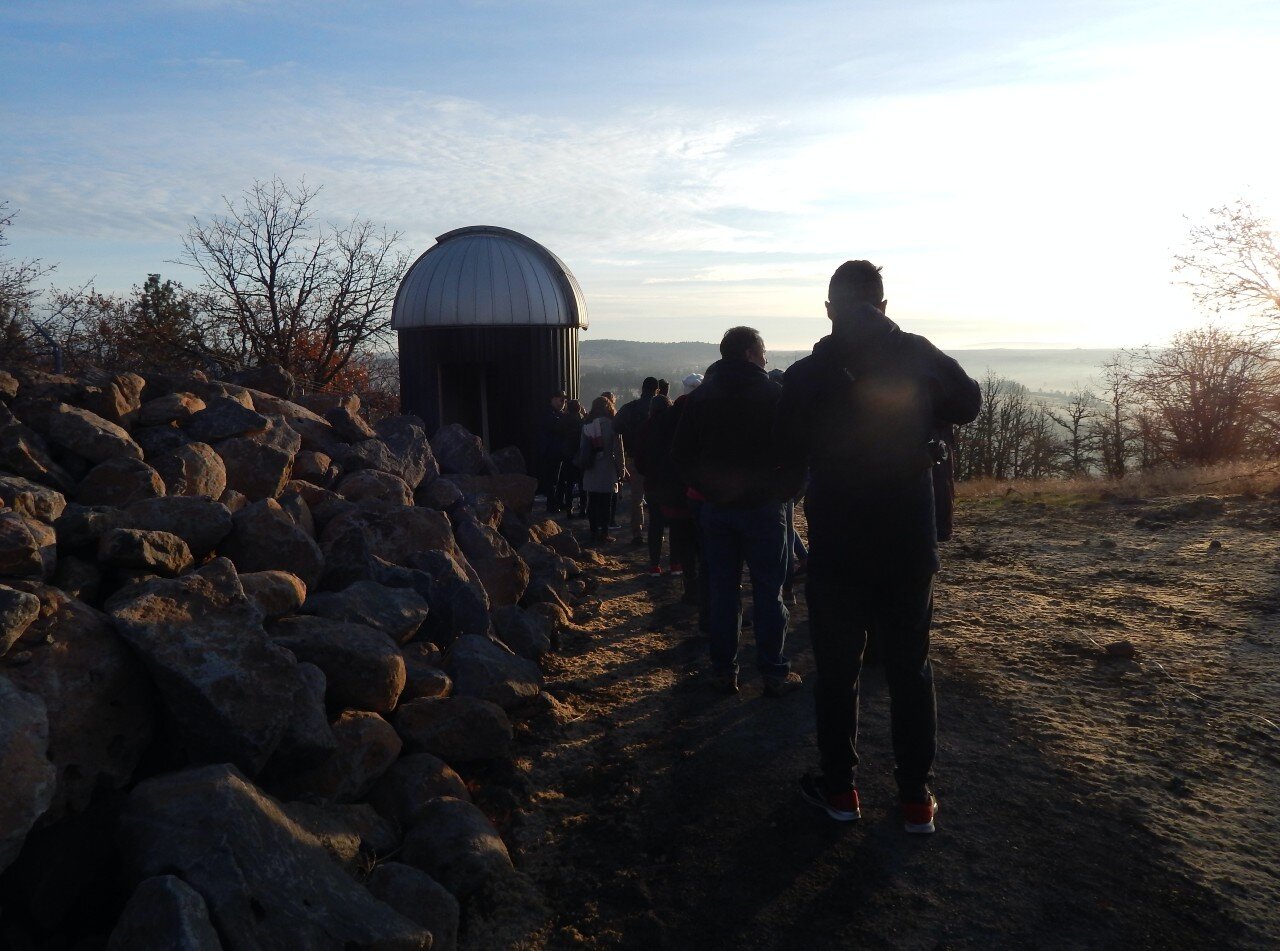
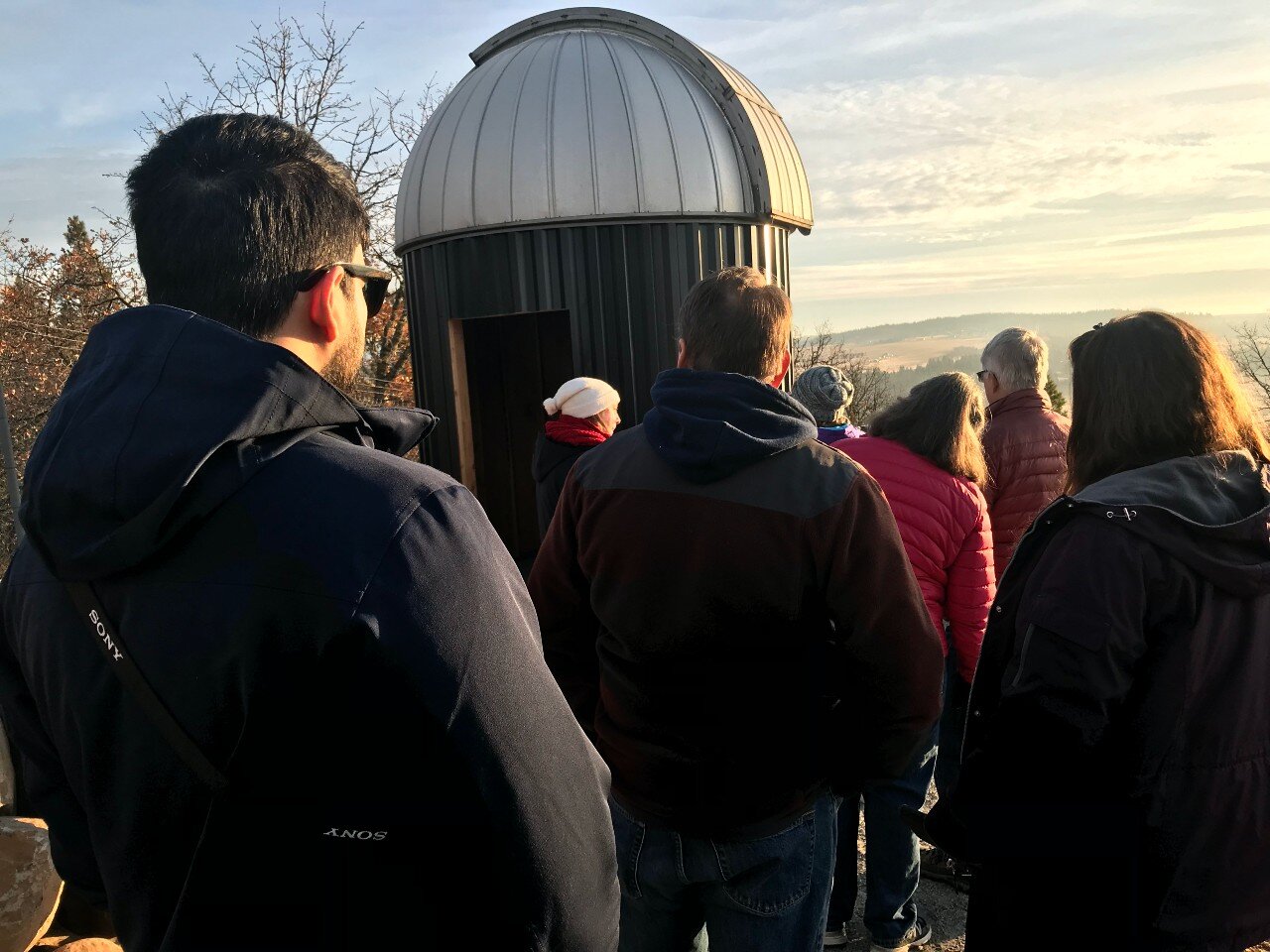
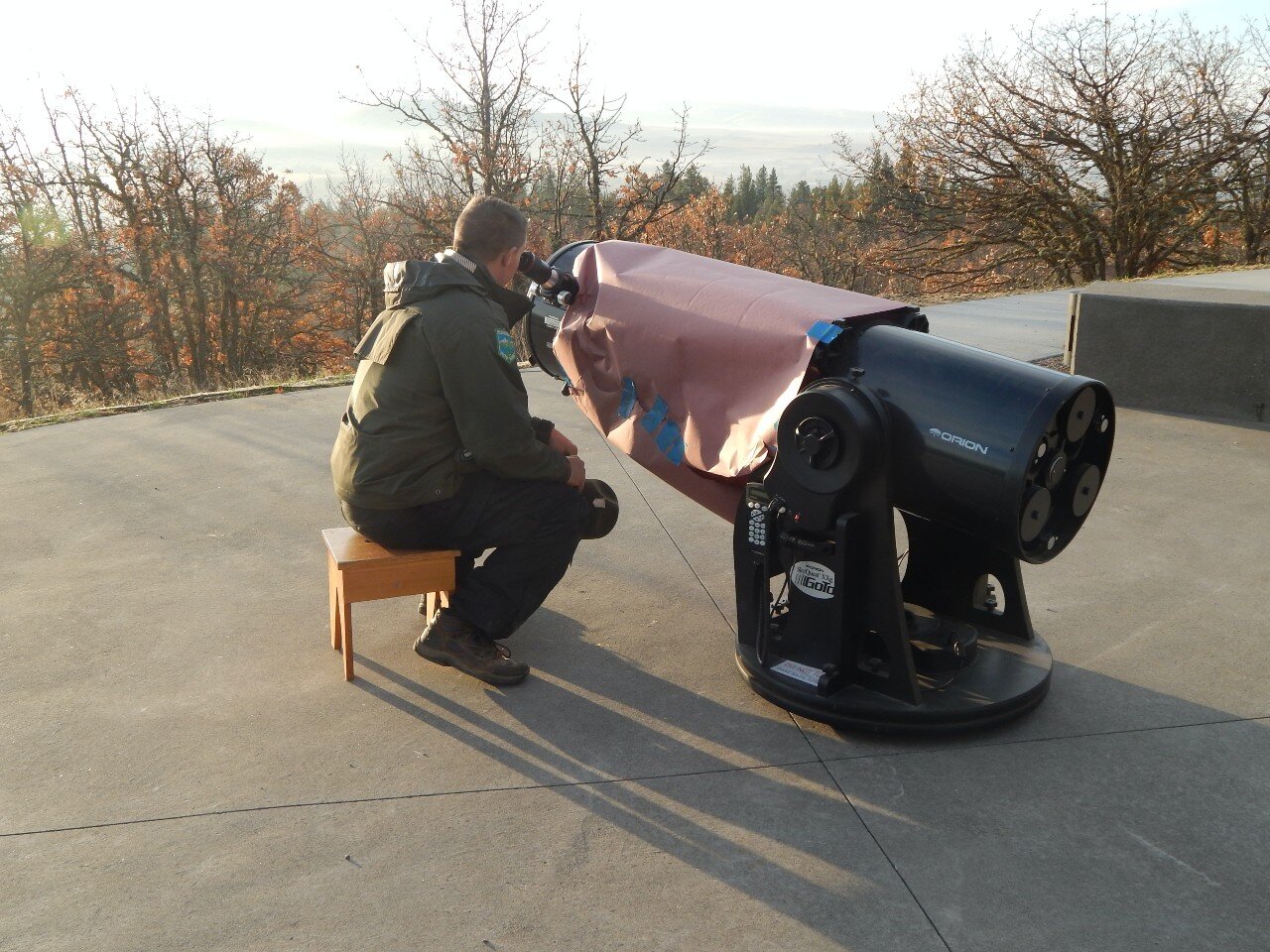
By reading some of the extensive Internet coverage of Goldendale’s relationship to the Observatory over time, the narrative indicates prior promises were made to obtain infusions of funding to support the operation of this facility (See #5, #6). A lot was riding on community commitment to conserve the area’s dark skies for astronomical purposes; indeed, Goldendale’s site selection to house the original telescope made in Vancouver was predicated on this very point. Factoring in the large amount of public dollars invested at this site (See #6), and a public expectation to honor long-term (potentially unfulfilled) dark sky commitments (See #7), it would seem sensible to consider fostering a public conversation on the merits of, and objections to, dark skies that strives to produce a satisfactory outcome for this local community, Washington State Parks, and the people who cherish this park. Before true progress can be made, the parties involved need to agree to start talking about it. The best way to get to the crux of this matter is to start a conversation. The best way to talk about it is to become grounded in the facts as presented and then, ask others: what do you think about this? Is it time for a crucial conversation? Can we talk about this?
Dark Skies Resources
Many jurisdictions have endorsed self-imposed policies and regulations on themselves to achieve Dark Sky status. Achieving a goal of perpetuating dark skies to meet the needs of astronomy is as basic as aiming the right lights down (See #7). It’s not about eliminating all lighting, but to use lighting where it’s needed, when it’s needed, and only as bright as needed. We are frequently not as efficient with our lighting resources as we could be; the aims of our lighting efforts can often be better achieved with what is also consequently more dark sky friendly lighting options.
If we can agree that dark skies are important, there are plenty of existing models that one can imitate to arrive at an effective approach. What follows is a short list of various links related to the topic of dark skies that anyone can investigate; it is by no means consistent with the entire universe of actual help. At best, it represents a good start.
https://www.darkskiesnorthwest.org/ordinances/washington/
https://www.darksky.org/our-work/lighting/lighting-for-citizens/lighting-basics/
https://www.exclusivelycommercial.com/dark-sky-lighting-regulations-a-227.html
https://www.darksky.org/light-pollution-measure-passed-by-washington-state/
https://cityofchelan.us/pdfdocs/2016/04/OutdoorLightingFinal.pdf
https://www.darksky.org/2021-cpre-star-count-results/
Works Cited
(#2.) https://www.goldendaleobservatory.com/facility-upgrade.html
(#3.) https://goldendalechamber.org/goldendale-observatory/
(#4.) https://parks.state.wa.us/512/Goldendale-Observatory
(#6.) https://www.goldendale-observatory.com/history.html
(#8.) https://columbiainsight.org/depending-on-darkness/
(#9.) https://www.goldendale-observatory.com/starry-darkness-abandoned.html
A video Introduction to Goldendale Observatory State Park Heritage Site
https://vimeo.com/190186385
https://www.youtube.com/watch?v=cT58iErBpuc
https://www.youtube.com/watch?v=dAqtuxD1oI8
Dee Caputo, FAICP, At-Large member on the Western Planner Board, is a retired senior planner with Washington State Department of Commerce/Growth Management Services. She currently chairs the Planning Officials Development Committee of the Washington Chapter of the American Planning Association and also serves as a board member of the WA APA.





